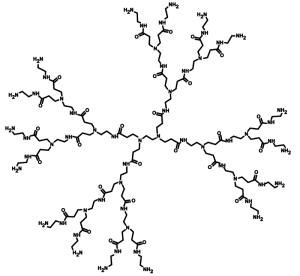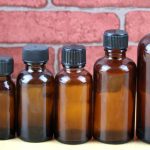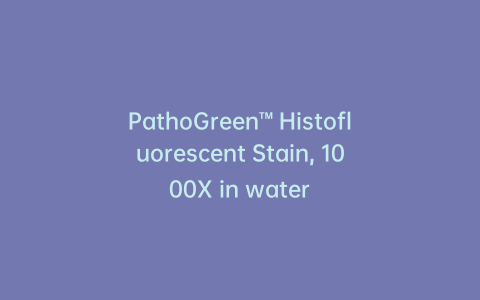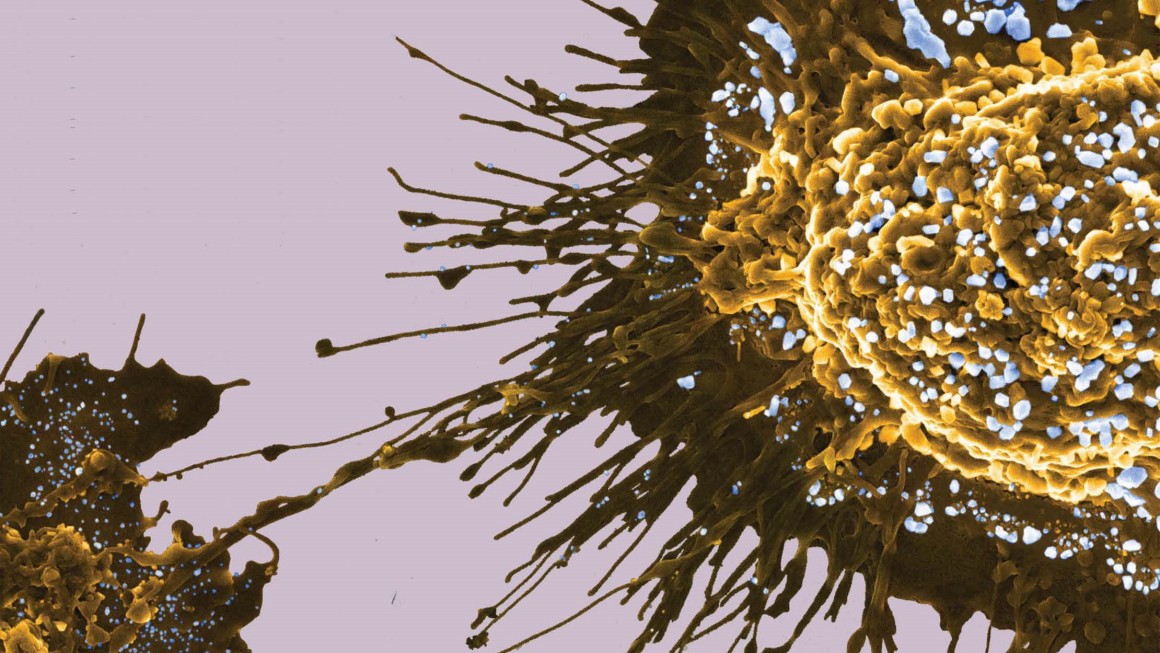Definition
PAMAM (Poly(amidoamine)), a class of dendrimer with spherical shape composed of repeatedly branched subunits of amide and amine functionality, is characterized by an internal molecular structure of tree-like branches, with each outward layer containing exponentially more branching points. PAMAM has good molecular uniformity, narrow distribution of molecular weight, defined size and shape characteristics, as well as a multifunctional terminal surface. It can be served as a drug carrier due to its controllable particle size, good monodispersity, non-immunogenicity, biodegradability and easy surface modification. In addition, with the advantages of controlling drug release, high targeting and low toxic side effects, PAMAM has been widely used in tumor targeted drug delivery systems after various modifications. Overall, the relative low cost of PAMAM synthesis, along with its biocompatibility, structural control and functionalizability, has made PAMAM a promising tool in drug development, drug delivery, biochemistry and nanotechnology.

Synthesis
Divergent synthesis: Divergent synthesis refers to the sequential “growth” of a dendrimer layer by layer. The process starts with a core “initiator” molecule containing functional groups which act as active sites in the initial reaction. Each subsequent reaction in the progress exponentially increases the number of available surface groups. Core molecules which produce PAMAM dendrimers can vary. However, the most basic initiators are ammonia and ethylene diamine.
Convergent synthesis: Convergent synthesis refers to the process starts with what will eventually become the surface of the dendrimer and then proceeds inward. Such approach uses two orthogonal protecting groups whose deprotection conditions will not remove one another.
Superiority
Nanoscale size
Similar physical and chemical properties to proteins
Low cytotoxicity
Good biocompatibility
Enhance solubility, activity and stability of drugs
Delayed release and targeting to drugs
Applications
Drug delivery: Having shown the penetration capability to a wide range of cell lines, PAMAM-drug complexes can affect a broad spectrum of cells after introduction to a living system. It requires additional targeting ligands for the selective penetration of cell types. For instance, it has been proven effective to attach additional treatment methods along with folic acid, such as isotopes, cisplatin, and methotrexate. In the future, PAMAM and other dendrimer families, along with other major targeted cancer therapeutic method, may rise to prominence as the synthetic control of dendrimer surface chemistry becomes more robust.
Gene therapy: PAMAM dendrimers can be used for DNA transfection as the mediating positive charge on PAMAM dendrimer surfaces can decrease their cytotoxicity. The negatively charged exterior of cell membranes and the negatively charged DNA phosphate backbone will lead to charge repulsion, and thus the transfection of free DNA is not efficient enough. However, the charged interactions between the anionic phosphate backbone of DNA and the amino-terminated surface groups of PAMAM dendrimers are reasonable, which are positively ionized under physiological conditions. Under such circumstances, the PAMAM-DNA complexes which would increase the efficiency of DNA transfection and reduce the cytotoxicy of the PAMAM dendrimers are produced. As a result, PAMAM dendrimers have been confirmed as effective DNA transfection agents.




